Static Cling Solutions: How Dryer Balls Can Help Keep Your Clothes Static-Free
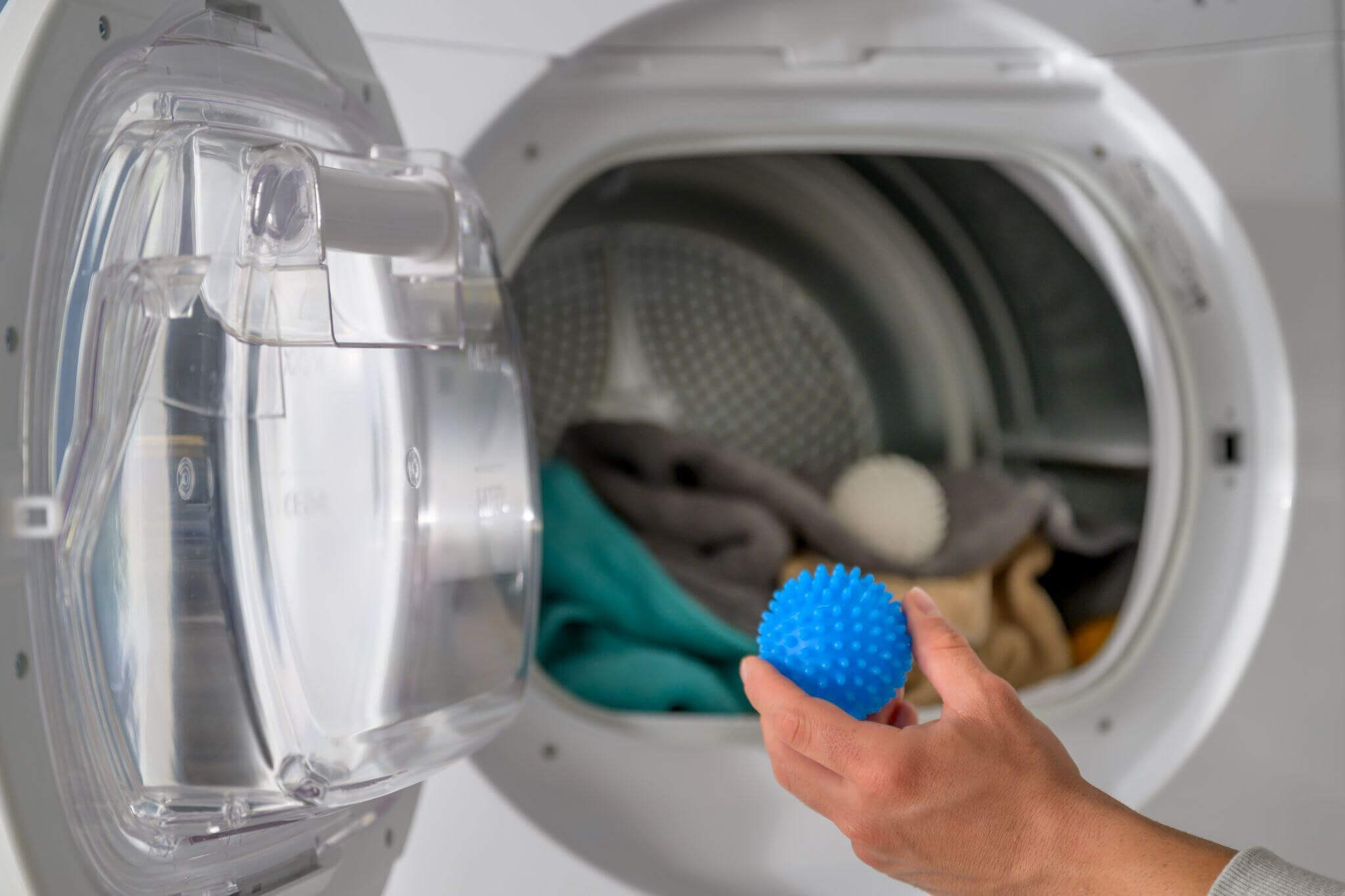
In the quest for the perfect laundry routine, battling static cling remains a common hurdle for many households. That annoying tendency for freshly dried clothes to stick together, and the occasional shock when separating them, can be both irritating and puzzling. However, a simple and eco-friendly solution has been gaining popularity: dryer balls. These small but mighty tools not only soften fabrics and reduce drying time but also play a significant role in keeping your clothes static-free. Let's explore how dryer balls can be an effective weapon in your laundry arsenal against static cling.
Understanding Static Cling
Static cling occurs when different materials rub against each other in the dryer, causing an exchange of electrons. This exchange leaves some items with a positive charge and others with a negative charge, resulting in the attraction known as static cling. The problem is exacerbated in dryer environments, where the lack of moisture in the air prevents static electricity from dissipating naturally.
The Role of Dryer Balls in Combatting Static
Dryer balls, particularly those made from natural wool, are an effective solution to this electrifying issue. Here’s how they work:
Improving Air Circulation
By bouncing around in the dryer, dryer balls help to separate clothes, allowing air to circulate more freely. This improved air flow reduces drying time and helps to evenly distribute the static charges that build up during the drying process. With less time spent rubbing together, clothes have fewer opportunities to exchange electrons, thus reducing static cling.

Maintaining Moisture Balance
Wool dryer balls have the unique ability to absorb and then gradually release moisture during the drying cycle. This slight retention of moisture is crucial in an environment where dryness promotes static electricity. The presence of humidity, even in small amounts, allows static charges to dissipate more easily, preventing clothes from sticking together.
Chemical-Free Static Reduction
Unlike traditional fabric softeners and dryer sheets that coat fabrics with a thin layer of chemicals to eliminate static, dryer balls offer a natural solution. By physically separating clothes and reducing drying time, they tackle static cling without leaving behind any residue. This makes dryer balls an ideal choice for those with sensitive skin or allergies, as well as anyone looking to reduce their household's chemical footprint.
Tips for Maximising the Static-Reducing Power of Dryer Balls
- Add Moisture: For particularly dry environments, try adding a small, damp cloth or even a wet wool dryer ball to the load for the last 10-15 minutes of the cycle. This can help to increase the humidity level within the dryer, further aiding in static reduction.
- Use Multiple Balls: The more dryer balls you use, the better they can separate clothing and improve air circulation. Three to six balls are typically recommended, depending on the size of the load.
- Avoid Over-Drying: Clothes that are over-dried are more prone to static cling. Try to remove clothes from the dryer while they're still slightly damp to the touch, allowing them to air dry completely.
- Natural Fibres: Whenever possible, opt for natural fibres like cotton, which are less prone to static cling than synthetic materials such as polyester.
Dryer balls are an effective, natural, and eco-friendly solution to the age-old problem of static cling. By improving air circulation, maintaining a balance of moisture, and offering a chemical-free alternative to traditional static reduction methods, they help keep your clothes soft, dry, and static-free.
As we continue to seek out sustainable and health-conscious options for our homes, incorporating dryer balls into your laundry routine is a small change that can make a big difference, both for your clothes and for the environment.
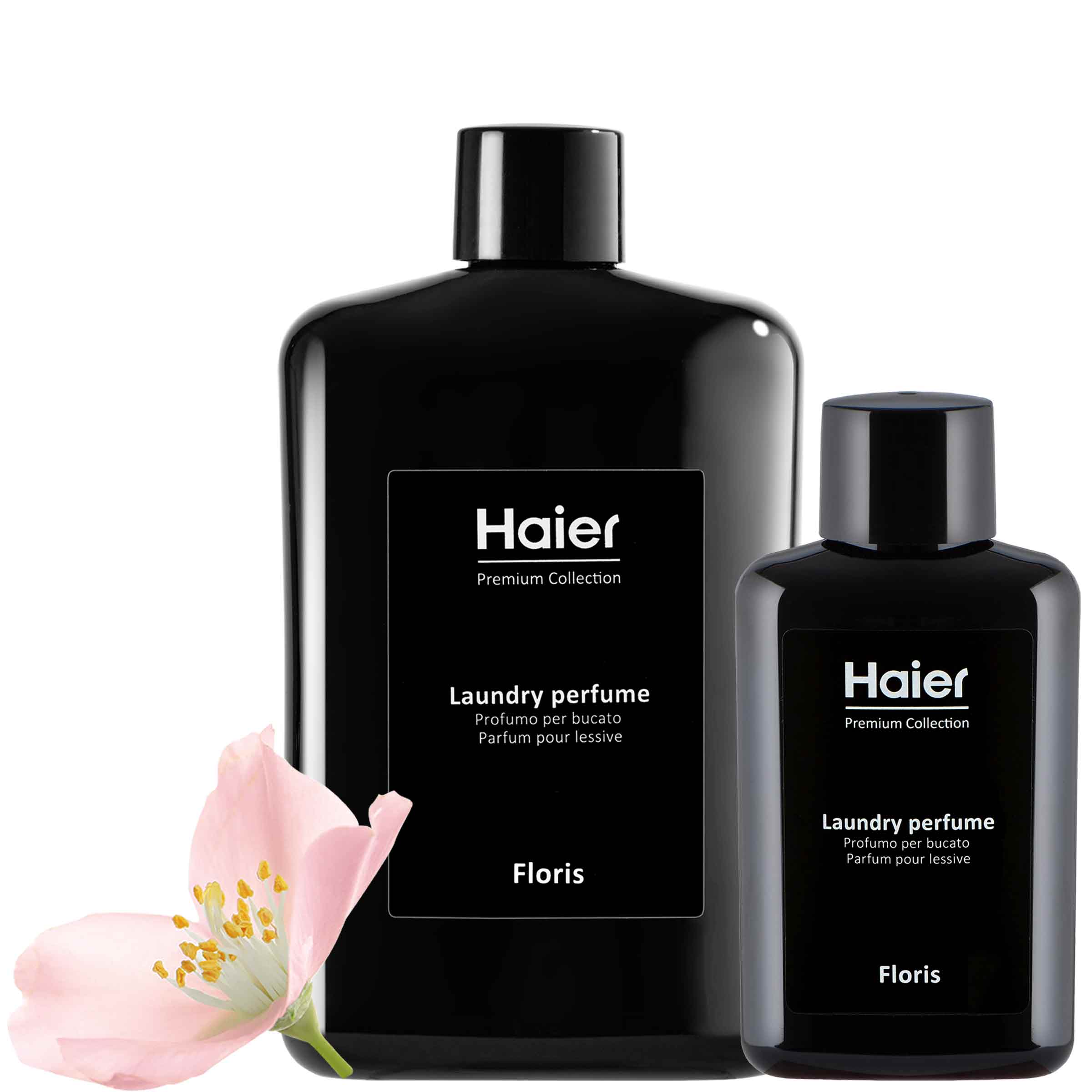





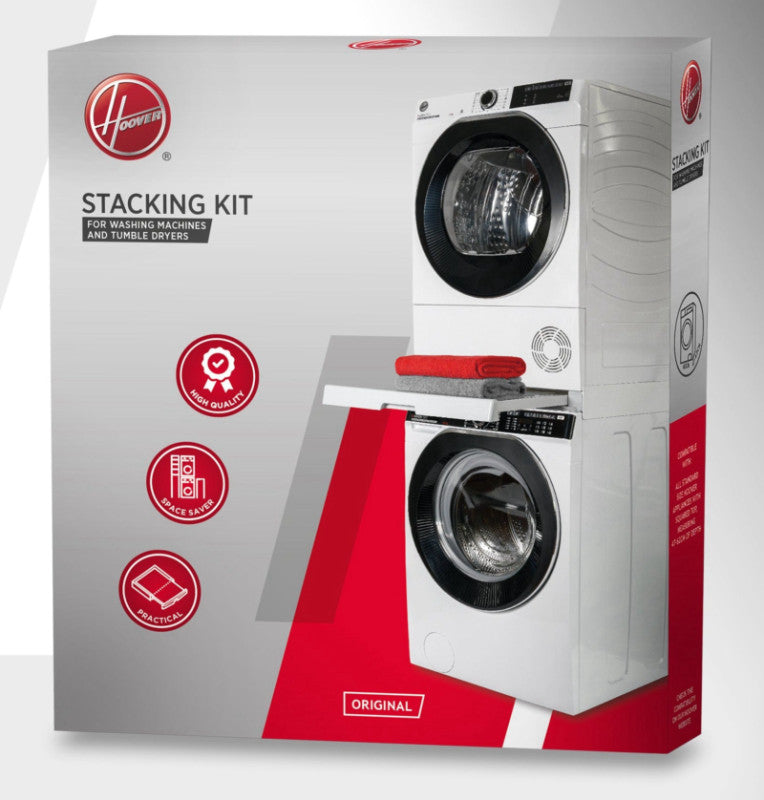


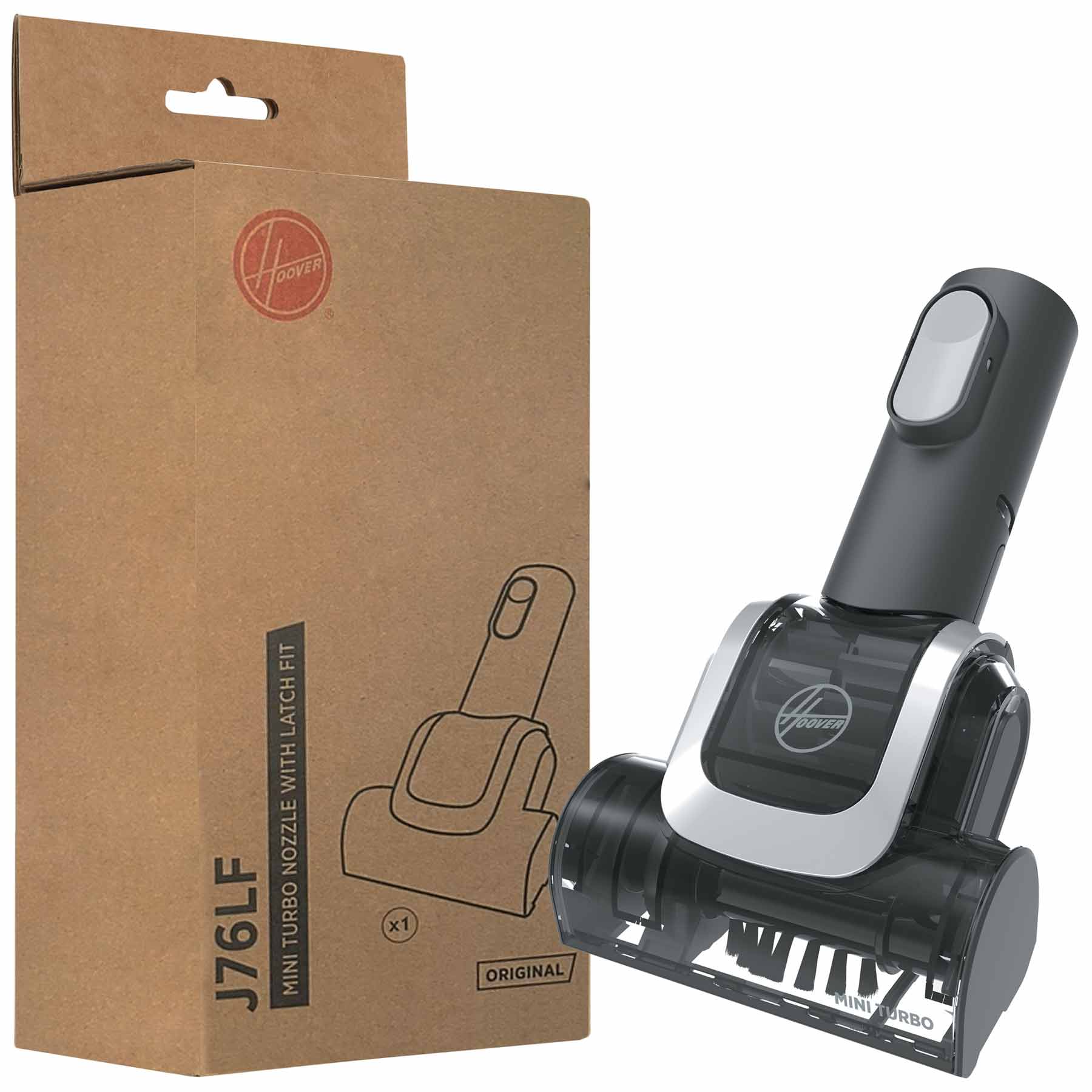







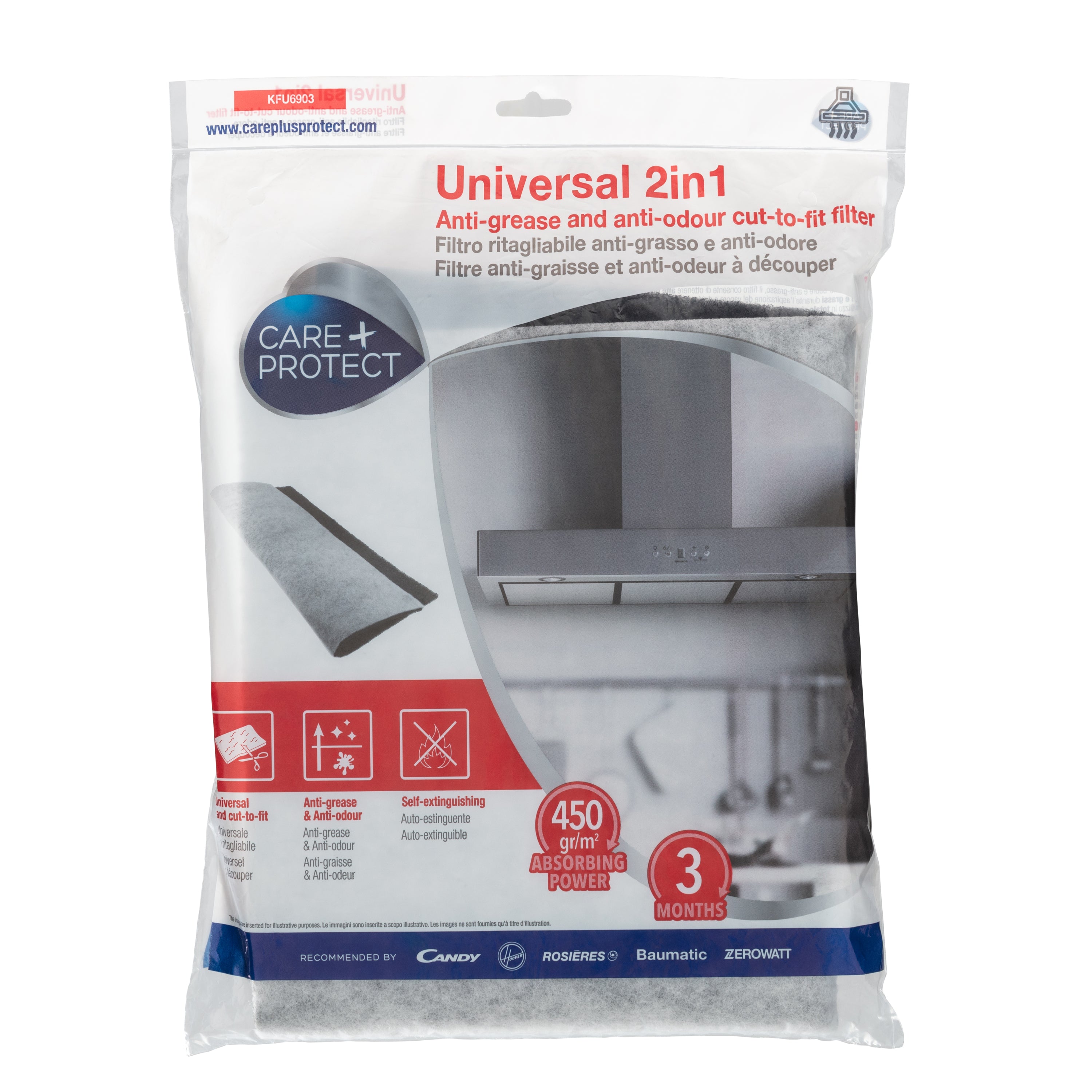






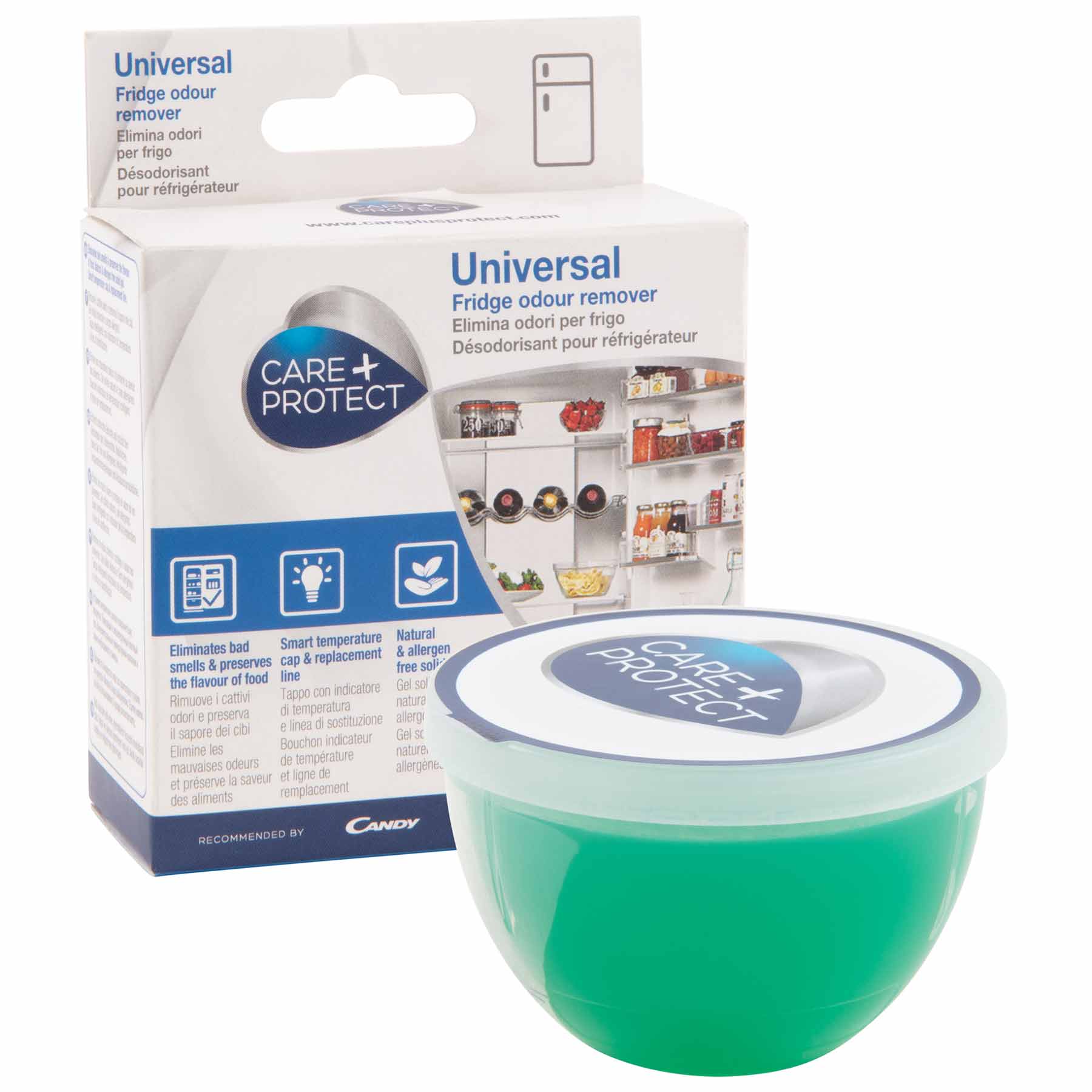





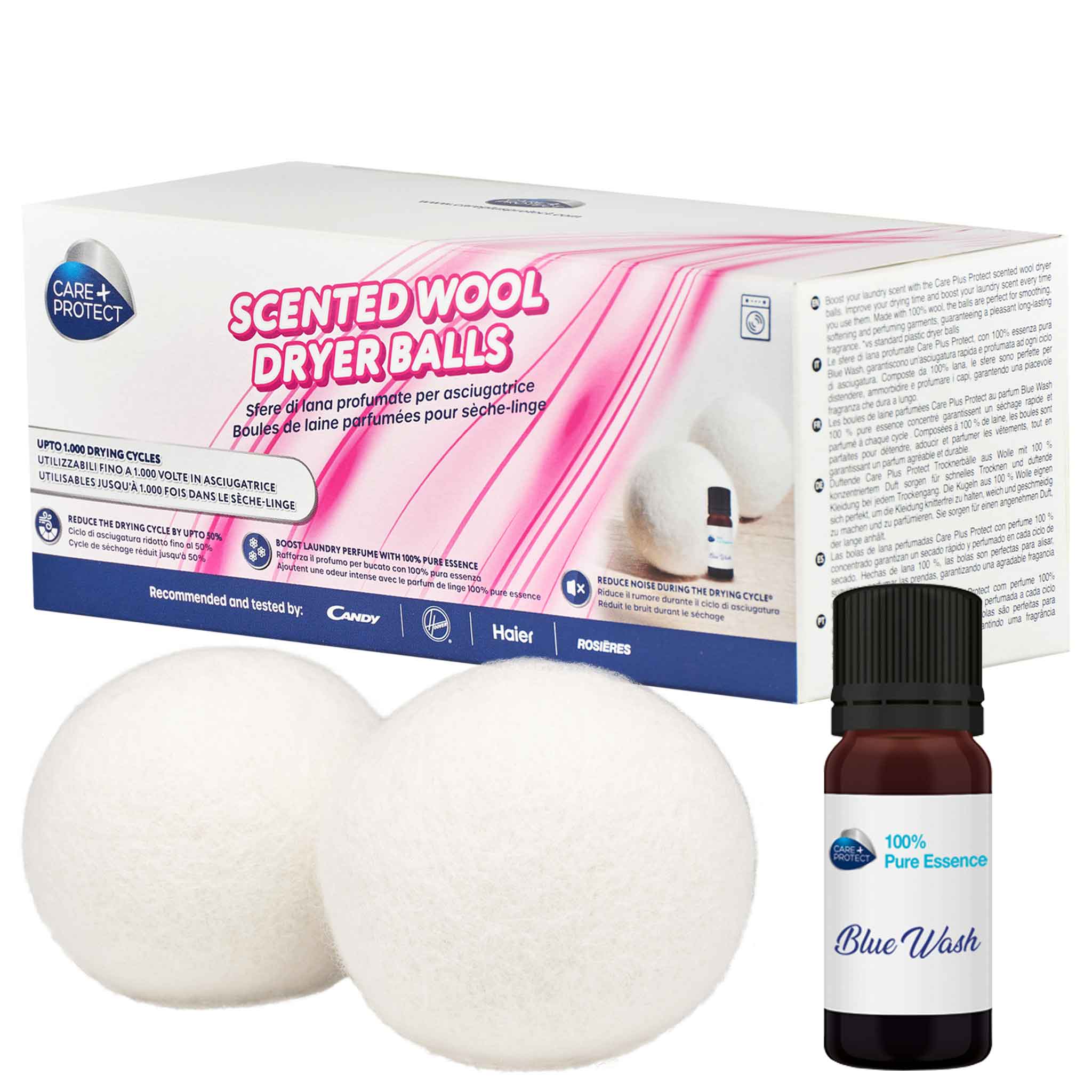

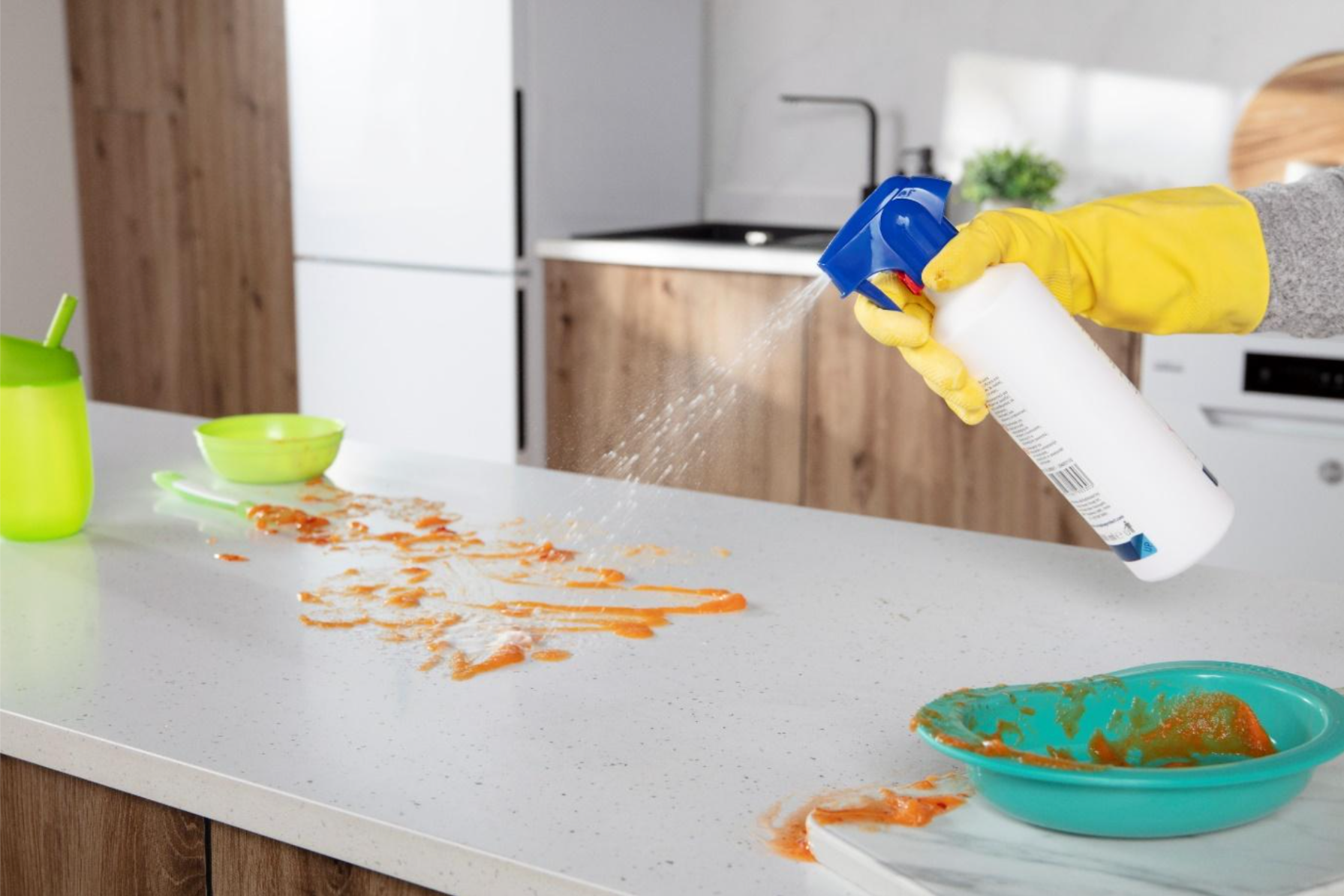

Leave a comment